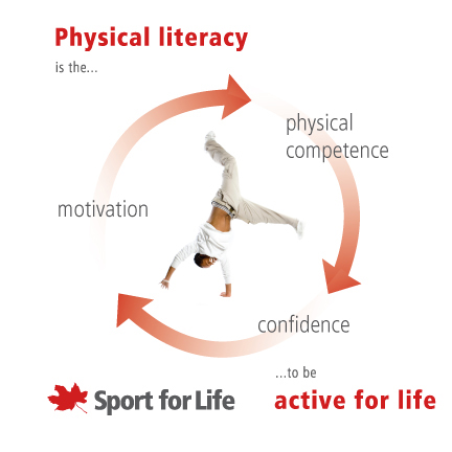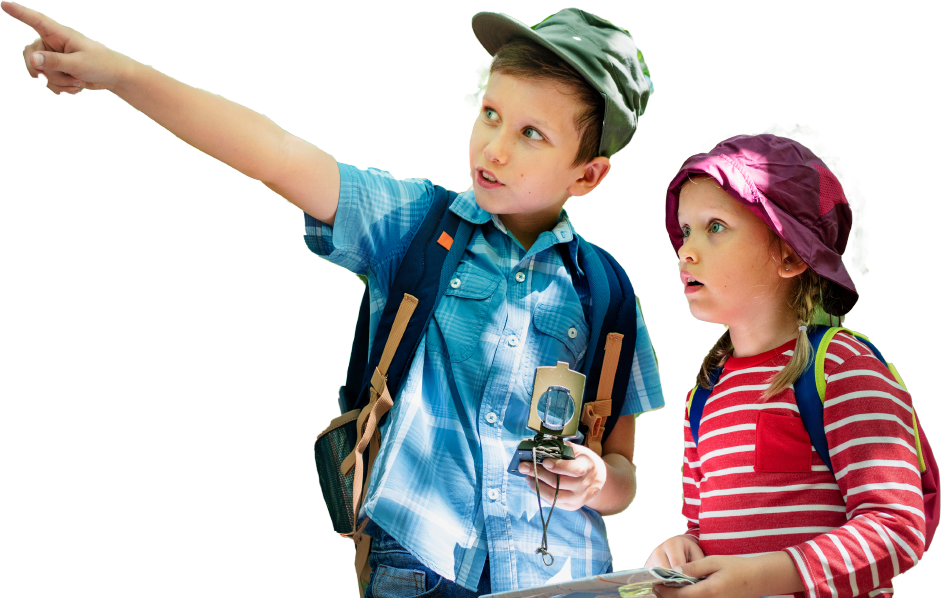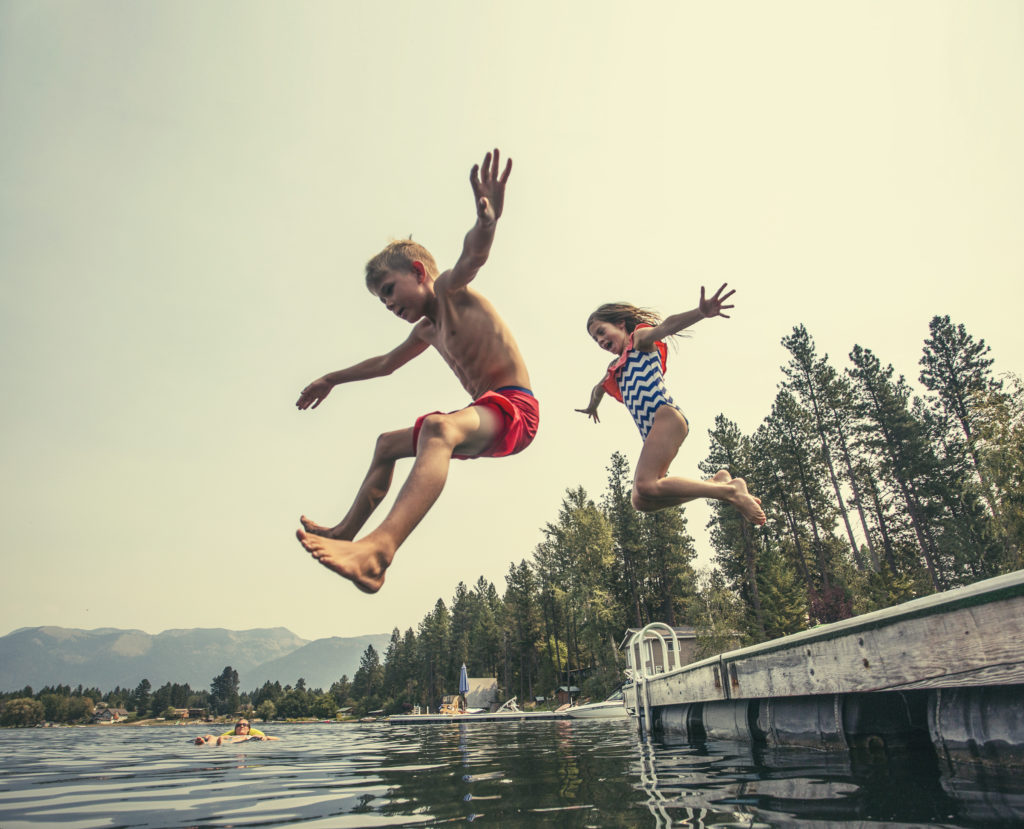Building Motivation & Confidence
Learning the building blocks of movement with competence and confidence will enrich a child’s life and increase their potential to participate in physical activity throughout the life course. [2] Conversely, failing to learn fundamental movement skills may result in decreased confidence, value, and motivation to participate in physical activity, leading to attrition from physically active pursuits in favour of more sedentary behaviour.[3]

IncreasingPotential
Increasing physical literacy has the potential to increase physical activity and decrease sedentary behaviour, and therefore reduce the risk of chronic diseases and improve health outcomes. [4]
Physical literacy not only improves physical health, but also has the potential to improve other aspects of child development, such as school readiness.
According to the Early Years Physical Literacy research team, school readiness can be improved by increasing physical activity and physical literacy levels of young children. Evidence indicates that executive function (i.e., the processes that help children and adults to focus, plan, remember, and multi-task) and social and emotional development can be enhanced through physical literacy, specifically in the areas of attentiveness, peer relationships, confidence, persistence, and creativity. [5, 6]

Physical Literacy ABCs
Agility
- The ability to move quickly and easily
Balance
- Even weight distribution enabling someone to remain upright and steady
Coordination
- The ability to use different parts of the body efficiently and harmoniously
Speed
- The rate at which someone is able to move and operate
Both free play and organized sport are important for the development of physical literacy.
Without physical literacy kids become frustrated and withdraw from physical activities.
Developing physical literacy in the early years can lead to increased physical activity levels throughout the life course [7], however physical literacy can be learned and enhanced at any life-stage [1].
Sources:
- [1] Whitehead, M. (2010). The concept of physical literacy. In M. Whitehead (Ed.) Physical literacy throughout the lifecourse. (pp.11-20). New York, NY; Routledge.
- [2] Rudd, J. R., Barnett, L. M., Butson, M. L., Farrow, D., Berry, J., & Polman, R. C. J. (2015). Fundamental movement skills are more than run, throw, and catch: The role of stability skills. PloS One, 10 (10), 1-15. doi: 10.1371/journal.pone.0140224
- [3] Saunders, T. J., MacDonald, D. J., Copeland, J. L., Longmuir, P. E., Barnes, J. D., Belanger, K., Bruner, B., Gregg, M. J. , Hall, N., Kolen, A. M., Law, B., Martin, L. J., Sheehan, D., Stone, M., R., Woodruff, S. J., & Tremblay, M. S. (2018). The relationship between sedentary behaviour and physical literacy in Canadian children: a cross-sectional analysis from the RBC-CAPL Learn to Play study. BMC Public Health, 18(2), 45-65. doi: 10.1186/s12889-018-5892-9
- [4] Edwards, L. C., Bryant, A. S., Keegan, R. J., Morgan, K., & Jones, A. W. (2017). Definitions, foundations and associations of physical literacy: A systematic review. Sports Medicine , 47 , 113-126. doi: 10.1007/s40279-016-0560-7
- [5] ParticipACTION , (2015). Position Statement on Active Outdoor Play. https://www.participaction.com/sites/default/files/downloads/Participaction-PositionStatement-ActiveOutdoorPlay_0.pdf.
- [6] Bedard, C., Bremer, E., Campbell, W., & Cairney, J. (2018). Evaluation of a direct-instruction intervention to improve movement and pre-literacy skills among young children: A within-subject repeated-measures design. Frontiers in Pediatrics , 5, 298- doi: 10.3389/fped.2017.00298.
- [7] Longmuir, P. E., & Tremblay, M. S. (2016). Top 10 Research questions related to physical literacy. Research Quarterly for Exercise and Sport , 87 (1), 28-35. doi: 10.1080/02701367.2016.1124671


